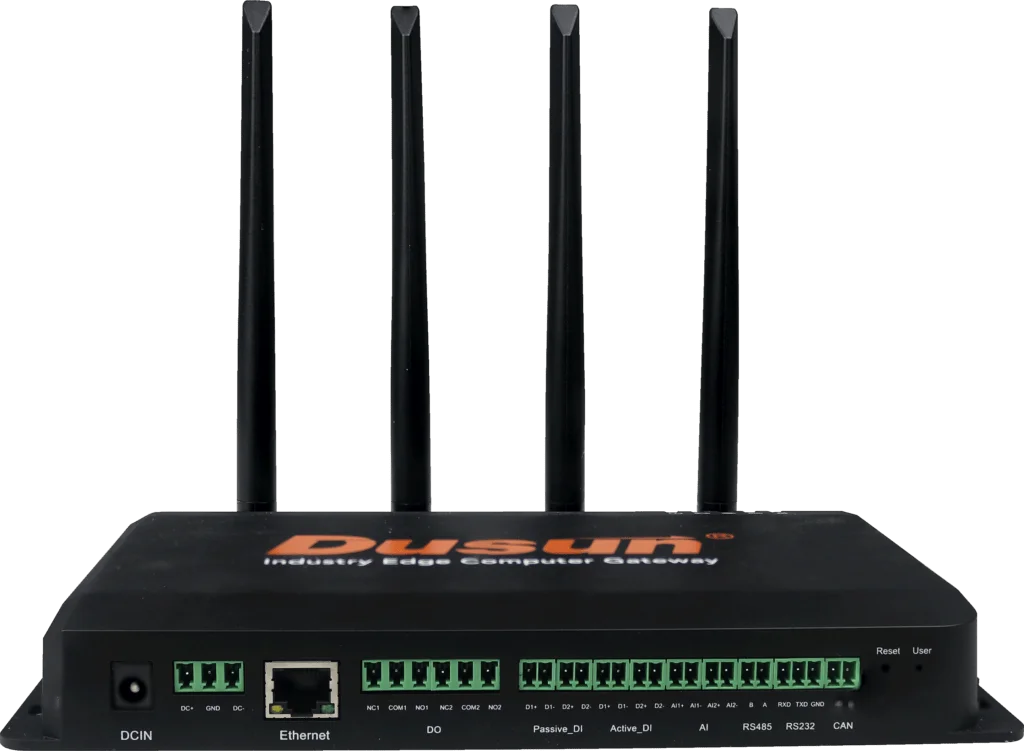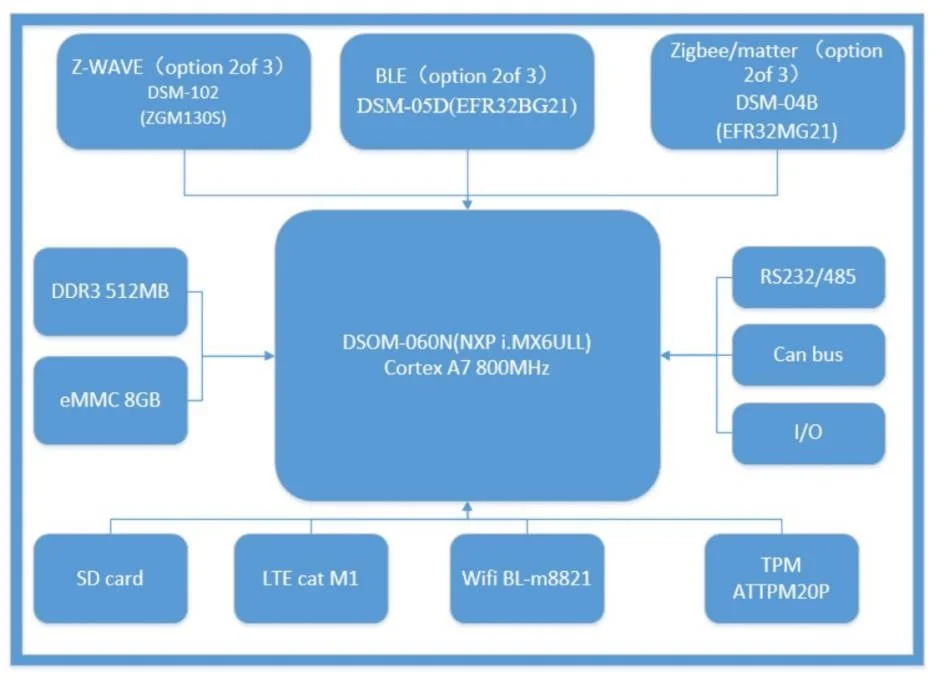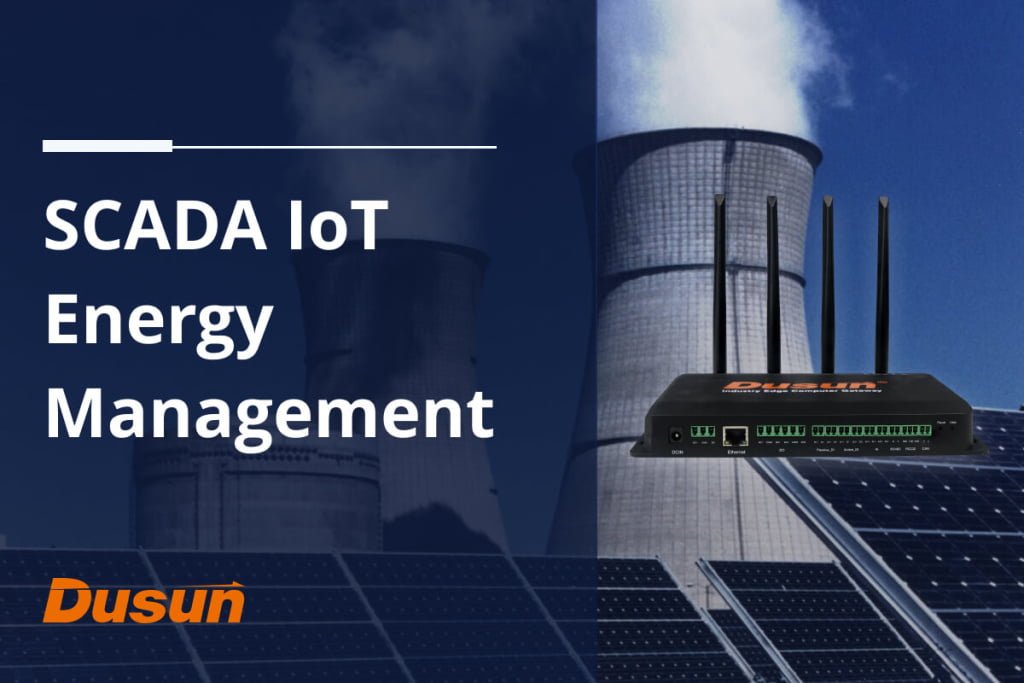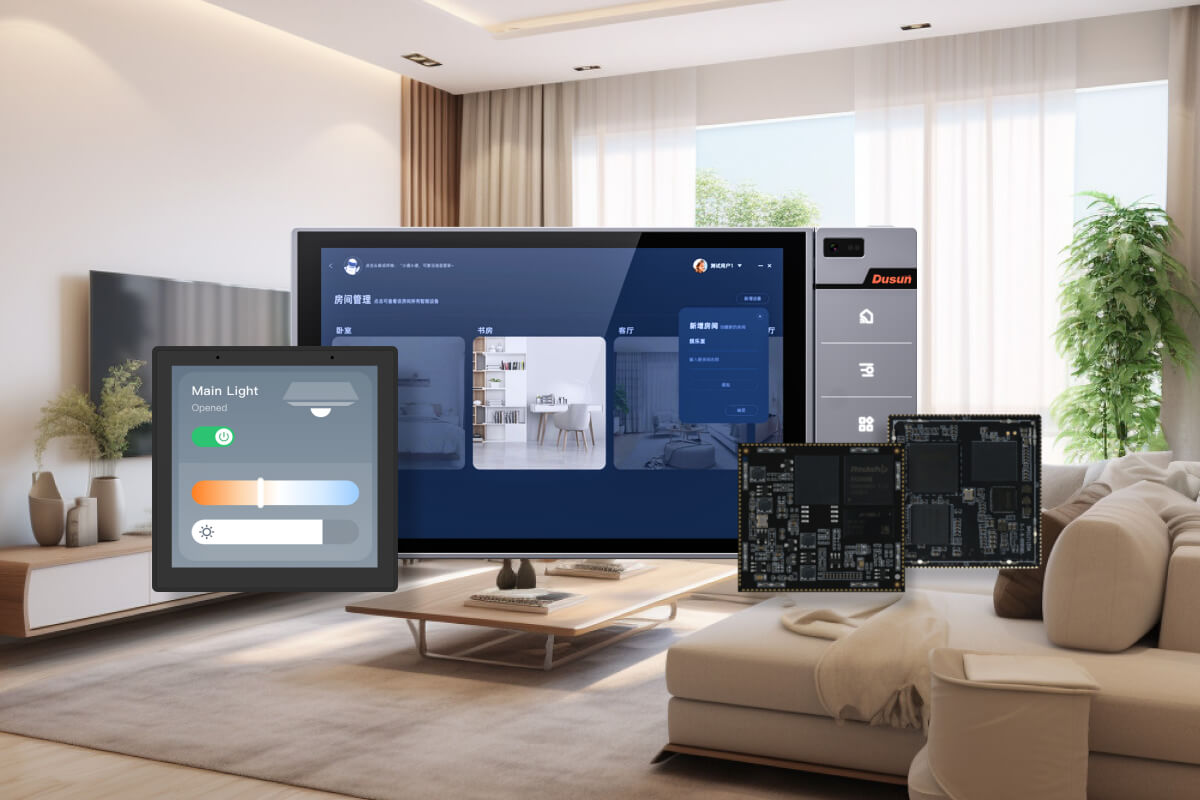Manufacturing relies on energy to function and it’s no wonder that the industrial sector is one of the world’s largest energy users. In response to growing energy prices and the need to safeguard the environment, manufacturers discovered that investing in new technology may result in significant extra advantages not just to the financial bottom line but also to company image and community relations. IoT energy management has therefore been offered as a novel solution to promote improved efficiency in industrial energy consumption.
These investments are definitely worth the time and effort. According to a report from US Department of Energy, industries may realize realistic energy savings of roughly 20%. At 2004 energy costs, these savings are worth over $19 billion. This case study is going to share a SCADA energy management system working with industrial IoT gateways to save bill costs for manufacturing factories.
- User: a global Engineering and Technology Solutions company
- Market Segment: smart manufacturing
- Project Time: 2022
- Product: DSGW-081 Modbus RS485 gateway
Physical Architecture of IoT-based Energy Management System
Smart energy management using IoT is usually built on an open platform architecture: cloud server + IIoT gateways + IIoT devices (built-in sensors & actuators). Such open system structure ensures high extensibility, maximum user autonomy, and application validity.
IIoT Device Layer
This layer contains a variety of heterogeneous IIoT devices operated for electricity, water, heat, and gas, with built-in sensors to collect data on energy use in the manufacturing factories. These gadgets are connected to IIoT gateway controllers via a variety of wired and wireless protocols.
The majority of IIoT devices have limited resources, such as memory size, computational power, and network bandwidth, and network technology used is highly isomeric, interconnecting IIoT devices presents significant hurdles. Therefore, the interoperability between devices consistency should be prioritized so that messages from disparate devices may be syntactically and semantically translated into a user-acceptable form.
Explore:
IIoT Gateway Layer
Industrial IoT gateways can manage local IIoT networks, aggregate data, and serve as a cloud bridge. It is often made up of a high-performance industrial-grade CPU (e.g. Arm-based NXP i.MX8m Predictive Maintenance Gateway) with an embedded operating system, and a micro host loaded with separate applications.
IIoT gateways typically has physical interfaces like 232/485 serial ports, RJ45 ports, WIFI, and Cellular LTE 4G modules that can communicate with smart meters, PLC devices, and touch screens to complete data reading and local storage, as well as protocols including HTTP, MQTT, OPC UA, etc., to integrate with third-party (SCADA, MES) platforms.
Explore: Modbus gateways
Cloud Server Layer
The cloud servers manages the data from local networks by providing cloud-related operations. Cloud servers are composed of application servers, database servers and front-end servers. The application server is in charge of offering the service of viewing the system; the database server is in charge of storing the platform’s data; and the front-end server is in charge of receiving the data supplied back by the end device. The on-premises network and the cloud service layer work together to form the most typical cloud-based IoT architecture.
How Does IoT Energy Management System Work?
Real-time monitoring: monitoring energy consumption data including electricity use, water consumption, gas consumption, and so on, is accomplished by putting sensors on equipment and items. Based on these data, energy consumption can be assessed more accurately.
Data Analysis: analyze the changing trend and law of energy consumption by processing the monitored energy consumption data, determining the peak and trough periods of energy consumption, and formulating management methods.
Control & optimization: automatic energy consumption management is done based on the previous analysis of energy consumption data. The intelligent control system will adjust the energy consumption of equipment, optimizes energy usage efficiency, and reduces energy consumption expenses.
Supervision reports: Energy consumption supervision reports can be generated in real time via the IoT platforms, and detailed information such as energy consumption data analysis, energy consumption trend, energy consumption forecast, and energy consumption cost can be provided to assist enterprises in better managing and controlling energy consumption.
Customers Demand Analysis
To IIoT Gateway Devices:
- Rich industrial protocol connectivity: wireless protocol including Zigbee 3.0, BLE mesh; wired protocols including Modbus TCP, Modbus RT, BACNet, OPC UA, etc., implemented on Ethernet RJ45 ports.
- Multiple protocol conversion: IIoT gateways can adapt to field device communication protocols, read device data, and enable information sharing and data interchange between devices.
- Concurrent device connection: IIoT gateways are required to have capability of connecting 32 RS485 Modbus slave devices, 20 BLE devices, and 40 Zigbee devices.
- Configurable ability: IIoT edge gateway with more memory storage capacity internally to save log information.
- Operating system: Linux OS but not OpenWrt, Debian or Ubantu preferred to execute edge-resident applications.
- Platform integration: able to integrate with third-party platforms like SmartThings and SCADA and install related SDK quickly.
To Hardware Services:
- Firmware customization: FAE (field application engineering) team assist in firmware development and completion.
- Full developing tools: a set of programming tool chain, API documents, and debugging tool for efficient POC.
- Quality assurance: pass through ESD (Electrostatic Discharge Testing) testing, RF Antenna Analysis, Environmental Testing, Reliability Testing, and a variety of FCC, CE, SRRC, BQB, Zigbee, PTCRB, CCC certification.
- OTA: Suppotr Software Over the Air updates.
Dusun IoT’s Solution – DSGW-081 PLC Modbus RS-485 MQTT Gateway

DSGW-081 is a powerful industrial gateway adopting NXP i.MX6 ULL and up to 8GB eMMC to implement agile connection, real time data optimization, and intelligent analysis on the IoT edge. DSGW-081 supports both wireless protocols and wired protocols (BLE/Zigbee/Z-Wave/Wi-Fi/LTE 4G/Ethernet/Modbus/Bacnet/CAN/KNX), and a variety of real-time field bus protocols. It is an outperformed and versatile IoT gateway controller hardware suitable for users to develop application and install firmware on it, widely used in industrial automation, SCADA energy management, predictive maintenance, building automation, and so on.

FAQs for Energy Management System Using IoT
How does internal storage functions in IIoT gateways?
Data backup: the local data storage inside the industrial IoT gateway can work as a local database, saving acquired data in its own memory to prevent data loss, and constitute a double backup with the platform. The platform may access past data at any moment.
When the 4G base station/WiFi/Ethernet fails or is being serviced, the platform loses connectivity with the site, but the IIoT gateway can continue to collect and retain data on site. After connection is restored, data can be actively uploaded to the platform from the point of disconnect to ensure the integrity of fundamental data.
What is the benefits of Industrial IoT Energy Management?
The Internet of Things has significantly increased the visibility of data on energy use. Manufacturers may simply track energy performance using smart sensors, monitor leaks and create timely notifications, and eventually minimize the waste of certain ambiguous operations. Furthermore, smart IoT sensors may utilize power only when necessary and waste less energy when in sleep mode, allowing more energy to be conserved.
What is the implementation strategy of IoT-based energy management system?
There are two types of implementation strategies: device-system-decision and decision-system-device:
Bottom-up decision-making (device-system-decision)
To avoid subsequent repeated investment due to poor consideration in top-level design in advance, all equipment in the workshop should be registered in a book at the start of project implementation, and all relevant data on the device (physical) layer should be recorded.
After running IoT-based energy management system for a few months, it can be progressively modified according to real demands. This method has the advantage of not squandering invested time and money.
This bottom-up strategy is appropriate for enterprise decision-makers who have not yet developed a clear IoT energy management strategy, and have only basically learned about the capabilities of IoT energy management solutions, but are ready to implement related projects.
Top-down decision-making (decision-system-device)
This technique is frequently used when the enterprise decision makers have clear energy management demands, or when an external consulting firm like Dusun IoT supplies clear and specific information. The whole rchitecture planning can then be carried out in accordance with the stated decision.
This approach has the benefit of avoiding the waste produced by large-scale data gathering of all physical devices, as well as considerably reducing the technical difficulties created by the excessive information. It also eliminates the risk of lengthy implementation cycle.



















